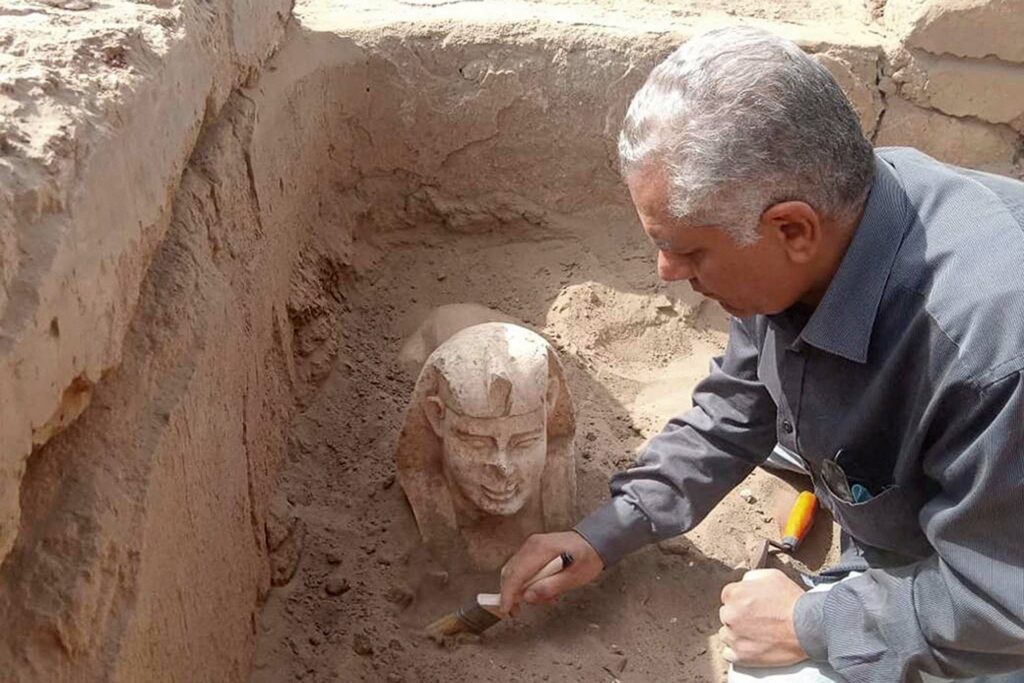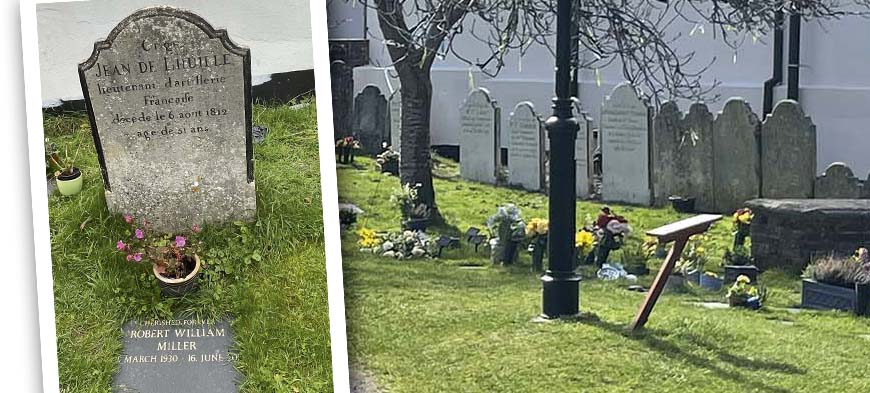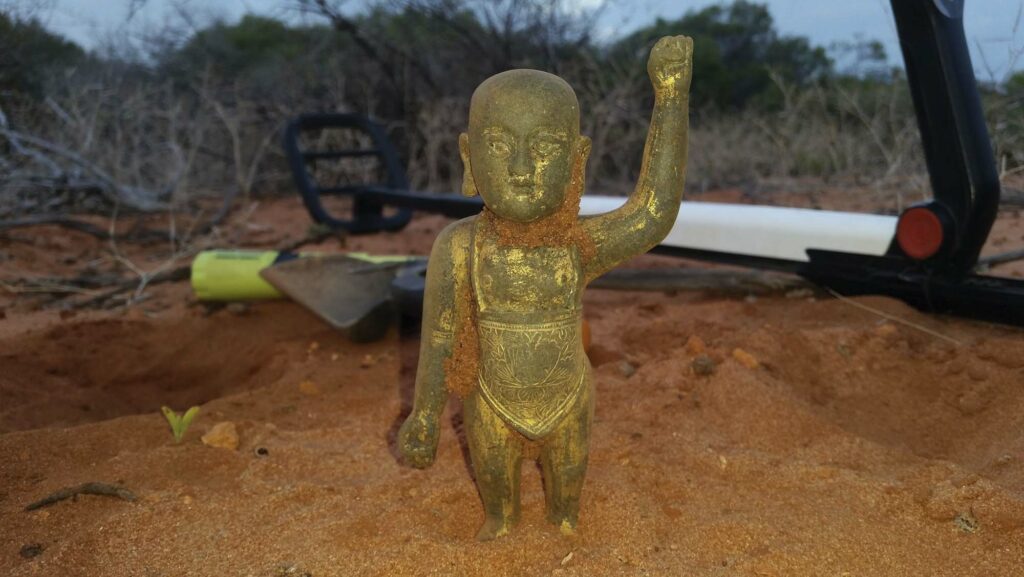•THINGS WE LEARNED THIS MONTH…
RECENT HISTORY HEADLINES THAT CAUGHT OUR EYE
Experts discover oldest known reference to Odin

A gold disc found in Denmark three years ago is thought to contain the oldest known reference to the Norse god Odin, say experts. The 1,500-year-old item – known as a bracteate – is inscribed with the words “He is Odin’s man” around the profile of male figure, thought to be a king or local lord. According to runologist Lisbeth Imer, the message suggests that the deity became the subject of worship at least 150 years earlier than previously thought. The bracteate, which would have been worn as a pendant, was discovered as part of a hoard in the village of Vindelev that included numerous other items of jewellery, including some fashioned from Roman coins.

Richard Burton recording among welsh archive treasures
A vast collection of Welsh radio and television recordings has been preserved at a brand-new facility in Aberystwyth. The Wales Broadcast Archive, housed within the National Library of Wales, contains more than half a million items dating back to the early 20th century, including material from the BBC, ITV and Welsh national broadcaster S4C. Among the highlights – which can be accessed on-site, or at partner archives across Wales – is a film about rugby featuring a recital by the Glamorgan-born film star Richard Burton, pictured below.
£24,000
The price recently fetched at auction for a rare £500 Bank of England note issued in Leeds in 1936

Potential Roman-era sphinx unearthed in Southern Egypt
Egyptologists excavating an ancient temple complex near the city of Luxor have uncovered a ‘sphinx-like sculpture’ inside a limestone basin. The smiling artefact, which was found during excavations at Dendera, boasts facial features resembling those of the Roman emperor Claudius, suggesting it was added after the holy site came under his rule during the first century AD. Experts also managed to locate a Roman-era stone slab containing demotic and hieroglyphic inscriptions, which are yet to be translated.
Charity restores French prisoner of war graves to former glory

The graves of four French officers imprisoned in Hampshire during the Napoleonic Wars have been given a much-needed makeover. Military grave restorer Steve Davies spent several days cleaning the neglected headstones at St John’s Church in Alresford, where the men were buried between 1810 and 1812. Davies, who carried out the work on behalf of the Napoleonic & Revolutionary War Graves Charity, also revamped the grave of Marie Fournier, the wife of another high-ranking French officer.

Mysterious Ming dynasty Buddha could rewrite history
The story behind an infant Buddha statue buried on a beach in Western Australia remains a mystery, say experts. Filmmakers Shayne Thomson and Leon Deschamps, who discovered the artefact in Shark Bay five years ago, recently appeared on BBC One’s Antiques Roadshow in a bid to find out how it might have ended up there. But although the programme’s Asian art specialist, Lee Young, confirmed the item was created in Ming dynasty China (1368–1644), historians believe it is unlikely that Chinese ships were visiting Australia in the same period.